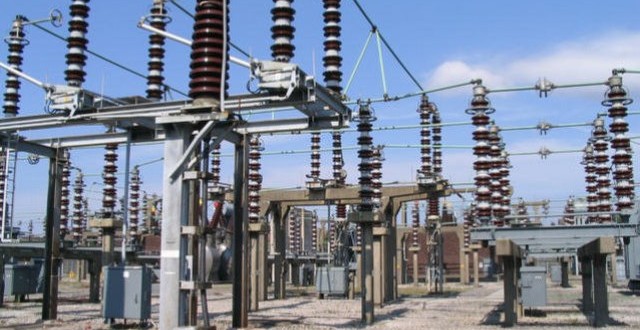
 The national electricity grid has sustained 3,000 megawatts (mw) daily generation for 20 days in July to the delight of consumers.
The national electricity grid has sustained 3,000 megawatts (mw) daily generation for 20 days in July to the delight of consumers.
However, while the grid maintained a range of 3,000mw to 3,300mw for those days, generation dipped to as low as 773mw for the remainder of days during the period.
Of course, that was a huge improvement from the 87mw lowest generation recorded in June, report from the Nigerian System Operator (NSO) showed.
The highest generation during the past one month was 3,332mw, attained on July 12, 2016. The generation reached 3,094mw on August 1, and remained at 3,061mw yesterday.
About 70,081megawatt hour (mwh) was dispatched by the Transmission Company of Nigeria (TCN) for distribution to homes last Monday. It was a significant improvement in energy delivery from the previous figures that fell lower than 40,000mwh.
The Nigerian Electricity Regulatory Commission (NERC) weekly post showed that energy not delivered on July 31 was 4,662mw as only 45 turbine units worked while 44 others were available but not fired. The major impediment to the energy loss remained the shortage of gas supply as other constraints like water level at they hydros no longer effect generation, the report indicated.
A core investor in the Abuja Electricity Distribution Company (AEDC), Mr Emmanuel Katepa, told Daily Trust that generation has been at about 50 per cent of the tariff projection, leading to poor power supply and resistance from customers to pay bills.
However, on the improvement, some customers under AEDC said power supply improved last month as places like the city centre and Nyanya, in Abuja, had over 10 hour supply daily.
“Power supply has improved as we get over eight hours on some days in Mararaba, Nasarawa State,” Malam Bashir Auwal said. “I hope they won’t increase the tariff because of this.”
Some customers under Kaduna and Kano Discos reported improvement in power supply in their areas which, they said, experienced frequent blackout in June.
